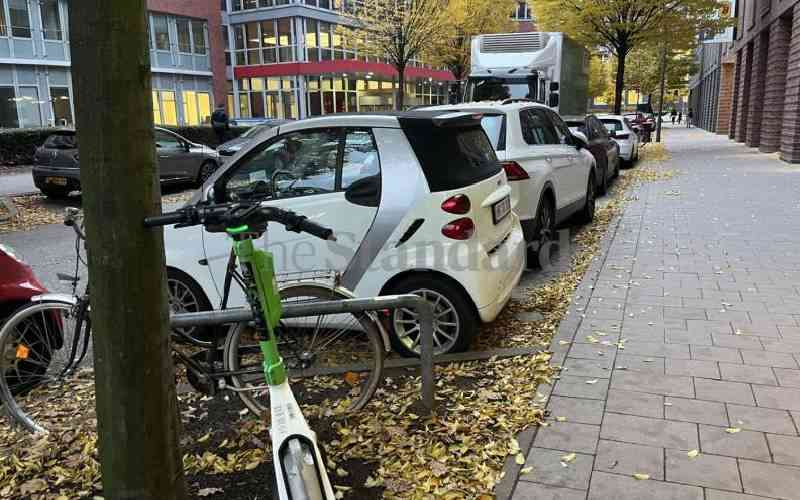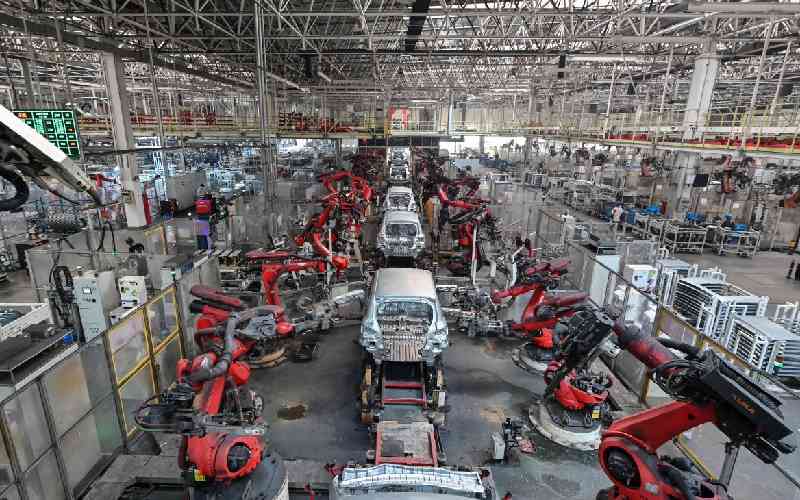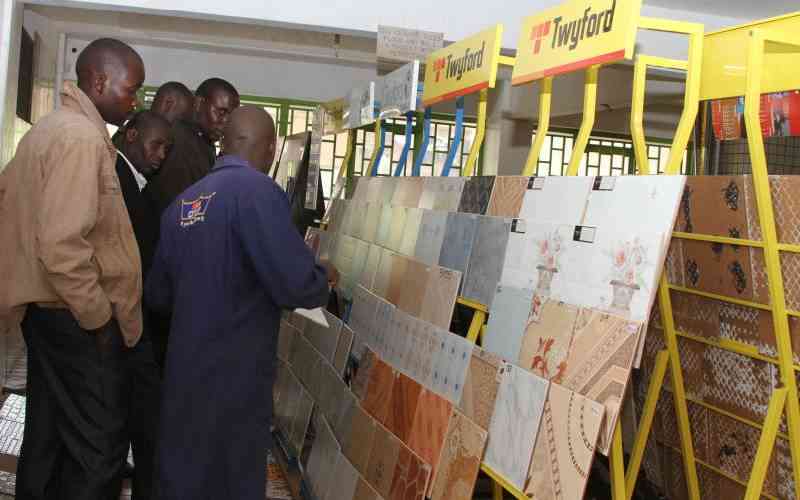In this competitive world of winners and losers, one man’s gain is usually another man’s cost.
A notable exception is good vehicle maintenance.
A friend bought one of those luxurious cars that look real menacing in black.
After having it for less than one year she dumped it.
This is after it gobbled up close to half a million shillings in repairs.
We all suspected some thing was just not right with the car even before she bought it.
Unknown to her, it may have had a rotten past.
Though keeping a vehicle well serviced is not cheap, it is a lot less expensive than neglect.
In the whole buy-run-resell cycle of a car, the person who spends little or nothing on maintenance will pay more than the person who pays a premium price for excellent service.
The problem, then, is how to keep a vehicle well serviced.
Every experienced Kenyan motorist is familiar with the terms ‘major’ and ‘minor’ with regard to servicing a car.
Most also know that a car should be serviced at least once every 5,000 kilometres, alternating between ‘major’ and ‘minor’ on each occasion.
The minor service being done after every 5000 kilometres and the major one being undertaken after 10000 kilometres.
However, very few know exactly what items are involved in these processes, and leave the decision to the mechanic.
The problem is many mechanics do not know what needs to be done, and those who know do not always do it.
Stay informed. Subscribe to our newsletter
Your choice of where to get your car serviced ranges from Odhis, the pet mechanic to a corner garage where you can hardly keep your eyes off the car lest they run off with the engine, to the official agent for your make of car.
The costs vary from high to higher, and the results you get range from bad to worse.
The sorry fact is that your chances of having the job done fully, thoroughly, properly and at a fair price are not great.
There are a number of reasons for this.
First, motorists most likely to expect high standards, and those who can afford them, or afford to demand them, own new cars.
Most modern new cars have components that last longer or have lifetime guarantee where lifetime is five to seven years, not in the nonagenarian sense.
Nevertheless, a few regular service parts are removed and replaced with new ones.
The whole process is managed by computerised diagnostics. Service intervals are 20,000 kilometres and rising.
Second, the person who buys a three-year old car does not expect perfection and can tolerate a few rattles and squeaks and accept that certain parts will have to be replaced.
Such a person is a bit more sensitive to prices than the original owner, so, ironically, he is quite pleased if the service bills are modest, rather than distressed that the garage cannot possibly have done the job right at that price.
So third, the buyer of car that has been on Kenyan roads for six years has just invested in a vehicle that is likely to have lots of mechanical problems, and the problem is that he often does not know how good the car was.
However, as the car disintegrates, it will need more attention and mechanics will be only too pleased to be fixing it.
As the pattern continues, the nine-year-old car gets a fourth owner, and the 12-year-old car gets a fifth...down, down, down go the expectations, up, up, up go the costs, the problems, the stress of owning a car.
Twitter: tonyngare
 The Standard Group Plc is a
multi-media organization with investments in media platforms spanning newspaper
print operations, television, radio broadcasting, digital and online services. The
Standard Group is recognized as a leading multi-media house in Kenya with a key
influence in matters of national and international interest.
The Standard Group Plc is a
multi-media organization with investments in media platforms spanning newspaper
print operations, television, radio broadcasting, digital and online services. The
Standard Group is recognized as a leading multi-media house in Kenya with a key
influence in matters of national and international interest.
 The Standard Group Plc is a
multi-media organization with investments in media platforms spanning newspaper
print operations, television, radio broadcasting, digital and online services. The
Standard Group is recognized as a leading multi-media house in Kenya with a key
influence in matters of national and international interest.
The Standard Group Plc is a
multi-media organization with investments in media platforms spanning newspaper
print operations, television, radio broadcasting, digital and online services. The
Standard Group is recognized as a leading multi-media house in Kenya with a key
influence in matters of national and international interest.








